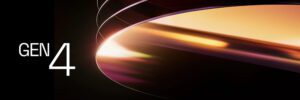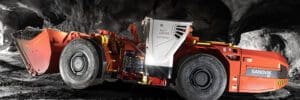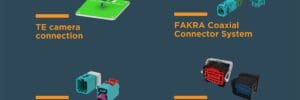The Front Camera Retrofit: What We Know So Far
Tesla’s latest Model Y refresh (codenamed Juniper) now includes a front bumper camera, similar to what was introduced with the Cybertruck. However, new evidence suggests that Tesla may extend this feature to older Model Y vehicles as a possible retrofit option. Renown Tesla hacker @greentheonly recently uncovered a new AI4 Autopilot computer variant labeled “MY Reloaded,” which includes a new connector designed to accommodate a front bumper camera.
Additionally, this updated AI4 unit appears to have already been included in older Model Y vehicles rather than the refreshed Juniper version. Notably, this newer unit lacks the second screen connector found in newer models but it does include some backward-compatible elements such as an integrated LTE modem and a USB 3.0 port instead of the USB-C found in the latest Teslas. This suggests that Tesla may be developing an upgrade path for existing Model Y owners who want to add the front bumper camera at a later date.
While there’s no official confirmation from Tesla yet, the presence of a dedicated bumper camera connector in this retrofit-friendly AI4 unit strongly suggests that a front camera upgrade could become a viable option in the near future.
So is your car eligible for this advanced new upgrade? Well, the first step in determining your eligibility is identifying which version of Model Y you purchased. Checkout the clues outlined below to find out more. Who knows? You may have lucked out!
How to Identify Your Model Y Hardware Version
Before considering the front camera retrofit, owners should first determine whether their Model Y is equipped with Hardware 3 (HW3) or the newer AI4 (HW4) system. Tesla does not provide this information directly in its app or from within the vehicle, but there are several ways to uncover this information:
OPTION 1: Check Your Build Date:
If your Model Y was built in the U.S. after late May 2023, it likely has AI4. Older models built between 2020–early 2023 were equipped with the HW3 processing unit.
OPTION 2: Check Your Camera Lenses:
All AI4 vehicles feature new red-tinted cameras. The front camera setup includes two red lenses and now one fake black lens, as Tesla removed the need for the third camera with it’s new and improved AI4 cameras. Another option worth noting is that the HW4 repeater cameras also have a red tint to the lenses and feature a narrower turn indicator housing versus their HW3 counterparts, as shown below.

HW3 vs HW4 Autopilot Differences
AI4 introduces upgraded electrical and wiring harnesses, enhanced processing power, and higher-resolution cameras. For example, the AI4 rear camera resolution is 1448×938, compared to HW3’s 1280×960, while the front cameras see a significant jump to 2896×1876.
Elon Musk has stated that AI4 is 3-5 times faster than HW3, though its full potential has yet to be unlocked. However, HW3 owners need not fear, as Tesla said it remains committed to supporting HW3, but the fact remains: AI4 will receive those major FSD updates ahead of the older hardware system.
What This Means for Model Y Owners
For owners of older Model Y vehicles, this potential retrofit could provide an additional camera to enhance future FSD capabilities and improve overall system visibility. Those interested in pursuing this future upgrade should:
Determine Their Vehicle’s Hardware Version – Use the identification methods above to check whether you car operates on the HW3 or HW4 platform.
Monitor Tesla Announcements – Keep an eye on Tesla’s official communications and parts catalog updates for any official retrofit offerings.
Check with Service Centers – If Tesla rolls out an official retrofit program, service centers will likely be the one providing details on pricing and overall vehicle eligibility. Given the known bugs uncovered in early AI4 processors, it is possible that these vehicles will become the first eligible recipients for any upgrades.
As Tesla continues evolving its vehicles with new hardware and features, it’s becoming increasingly important for owners to stay informed about potential upgrade paths. Whether or not the front camera retrofit becomes widely available, understanding your Model Y’s hardware is key to making the most of Tesla’s advancements in Full Self-Driving technology







